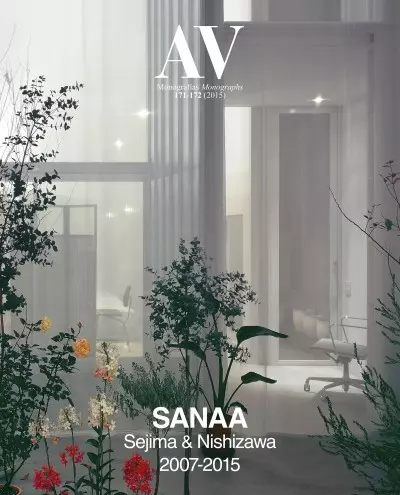

Japan
“The flow of the river is ceaseless; and its water is never the same.” So begins Hōjōki, or ‘An Account of My Hut,’ the poetic diary written by Kamo no Chōmei in 1212 which is a high moment of Japan’s classical literature. These beautiful words on ra
Atop a hill in the Osaka University of Arts campus, this construction seeks to meld with the topography and natural environment besides harnessing views of the landscape and city. Hence Kazuyo Sejima – founder, with Ryue Nishizawa, of the firm SANAA
Located in an urban context, this small museum goes up on a rectangular plot, on the border of a park. To create a harmonious balance with its environment, the building is divided into several smaller size uneven volumes that are joined at different
The headquarters of Yoshida Printing, located in a business area near Tokyo, house different multifunctional spaces to concentrate, in a flexible manner, the offices of the Japanese company and spaces for special events. The plot, rectangular in shap
Located in Kyoto’s suburbs, this aggregation of dwellings is discreetly inserted in the urban fabric in keeping with the layout and scale of the traditional houses around it. The compound includes ten dwellings divided into small spatial units, formi
Shibaura district is a dense and cosmopolite urban area with office buildings in the heart of Tokyo Bay. On a small corner plot, this multiuse building establishes a meeting point where the characteristics of a business center mix up with those of a
This artistic project is developed in a small town on the Japanese island of Inujima, in the Seto Inland Sea. The area is characterized by its privileged natural environment, and it is here that a series of pavilions, exhibition spaces and landscapin
Located across from rice fields and mountains, this building is a mid-scale community center for people living in the area. The center harbors a varied program with a library, an assembly hall, a room for mothers and children, classrooms, workshops a
In the northern area of Yokohama, this unique housing block blends smoothly into the urban grid. Adjusting its perimeter to the rectangular plot of 458 square meters, the building breaks the communal volumetric scheme by generating interior voids tha
The high population density in Tokyo is an essential factor in the collective housing projects developed on the outskirts and that usually result in stacked apartment buildings that have little to do with the traditional Japanese house. The Seijo Hou
In Gunma prefecture, in the interior of Japan, this public facility is spread out on a park to create a civic epicenter for the one thousand inhabitants in the small municipality where it is located. The building, including an administration center,
The plum trees of a corner plot in the neighborhood of Setagaya have bloomed year after year in this dense residential district on the outskirts of Tokyo. Given the scarce amount of land available and how much the neighbors had grown fond of the tree
In the dense and indifferent fabric of the center of Tokyo the price of land is so high that building costs are not as significant in comparison. This situation has a clear influence on the built landscape, which changes at a speed that would be unth
The S-House addresses the problem of building a home for six – a couple, two children and their grandparents – without resorting to family stereotypes that can no longer play a decisive role in the shaping of the domestic sphere, given the increasing
A través de 21 entrevistas a 21 arquitectos japoneses de tres generaciones, nacidos en las décadas de 1950 (Kengo Kuma, Kazuyo Sejima), de 1960 (Yoshiharu Tsukamoto, Ryue Nishizawa) y de 1970 (Junya Ishigami, Go Hasegawa), How to make a Japanese Hous

